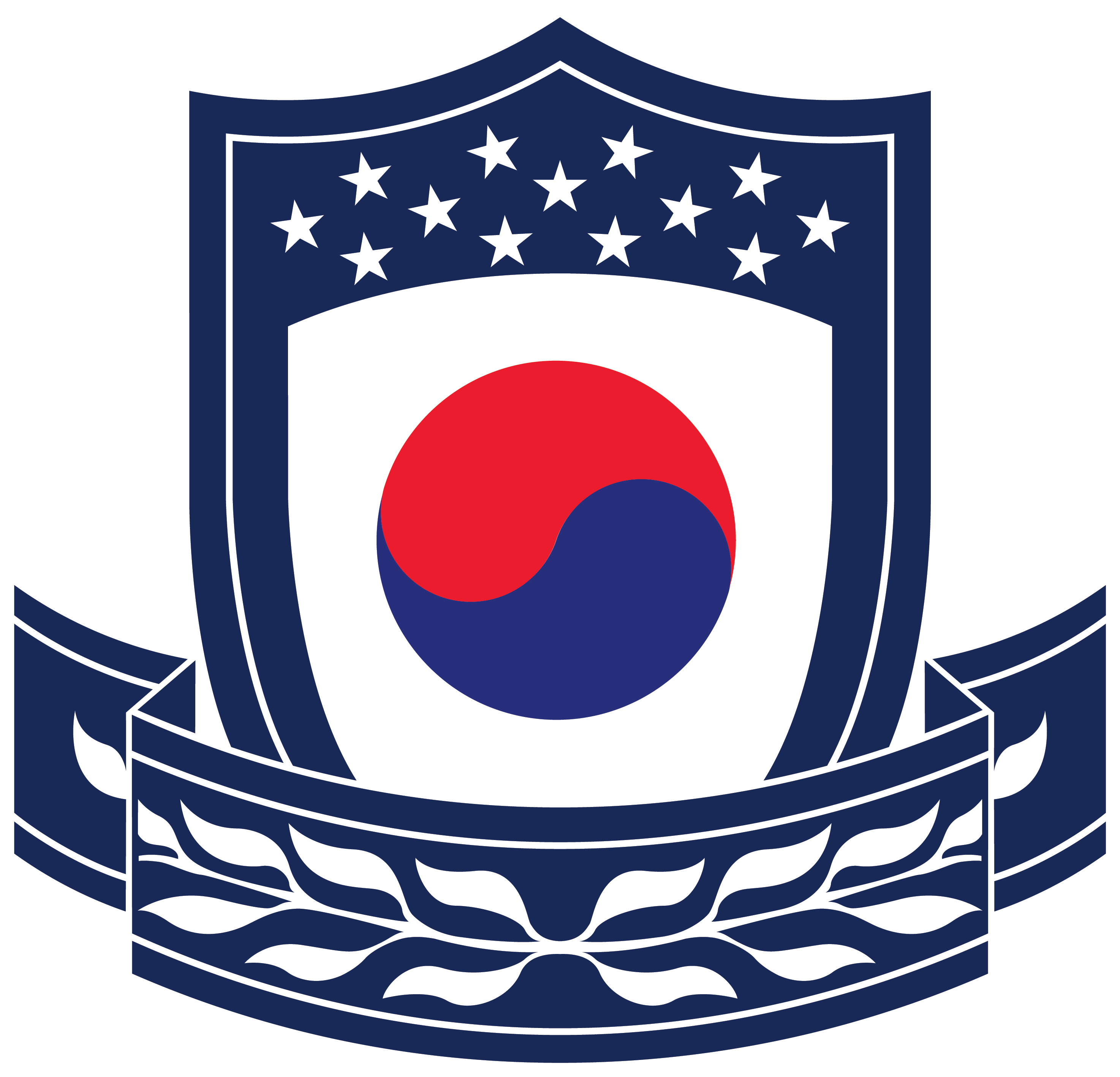
More than 46 years of fragile peace have marked the history of "post-war" Korea, where the longest armistice ever remains tenuously in force. For most of these years, the directing headquarters was the United Nations Command (UNC), which had also directed combat operations in the 1950-53 war.
The defense structure in Korea was eventually overtaken by the professional growth and development of the Republic of Korea’s (ROK) armed forces. As early as 1965 it was recognized that what worked in the war could be significantly improved by increasing ROK participation in the planning structure.
A combined operational planning staff, developed in 1968 as an adjunct to United Nations Command/United States Forces Korea/ Eighth United States Army Headquarters and the U.S.-led ‘I’ Corps (Group), evolved in 1971 as an integrated field army headquarters. However, it was not until 1978, as a bilateral agreement related to the planned U.S. ground combat force withdrawal of that time (subsequently canceled in 1981), that the senior headquarters in Korea was organized, as a combined staff.
Hostilities today are deterred by this binational defense team that evolved from the multi-national UNC. Established on November 7, 1978, the ROK/U.S. Combined Forces Command (CFC) is the warfighting headquarters. Its role is to deter, or defeat if necessary, outside aggression against the ROK.
To accomplish that mission, the CFC has operational control over more than 600,000 active-duty military personnel of all services, of both countries. In wartime, augmentation could include some 3.5 million ROK reservists as well as additional U.S. forces deployed from outside the ROK. If North Korea attacked, the CFC would provide a coordinated defense through its Air, Ground, Naval and Combined Marine Forces Component Commands and the Combined Unconventional Warfare Task Force. In-country and augmentation U.S. forces would be provided to the CFC for employment by the respective combat component.

The CFC is commanded by a four-star U.S. general, with a four-star ROK Army general as deputy commander. Throughout the command structure, binational manning is readily apparent: if the chief of a staff section is Korean, the deputy is American and vice versa. This integrated structure exists within the component commands as well as the headquarters. All CFC components are tactically integrated through continuous combined and joint planning, training and exercises.
The major field training exercise was the Team Spirit series that began in 1976 and grew to nearly 200,000 ROK and U.S. participants commensurate with increased perceptions of the North Korean threat. U.S. participation in the exercise included augmentation forces of all services tactically deployed to the ROK from other Pacific bases and the continental United States. This exercise was last held in 1993.
Separate ROK and U.S. command post exercises were combined as Ulchi Focus Lens (UFL) in 1976. In December 2006, The CFC CDR ordered the name of UFL be changed. The ROK staff retained the name of the ROK government exercise "Ulchi" and changed the exercise name to "Ulchi Freedom Guardian". UFG is an annual joint and combined simulation-supported command post exercise that trains Combined Forces Command personnel and major component, subordinate and augmenting staffs using state-of-the-art wargaming computer simulations and support infrastructures.

At the unit level, frequent no-notice alerts, musters, and operational readiness inspections insure combat preparedness for ROK and U.S. forces. Both countries are pursuing ambitious modernization programs to maintain a viable ROK/U.S. military posture that will convince North Korea that any form of aggression or adventurism will fail. The ROK is making strides in equipment improvement through a rapidly expanding domestic defense industry, as well as purchases from foreign sources. U.S. efforts toward modernization include newer, more powerful weapon systems, greater mobility and helicopter lift capability, and vastly increased anti-armor capability.
In summary, the Combined Forces Command reflects the mutual commitment of the Republic of Korea and the United States to maintain peace and security, and the willingness and capability to take that commitment into battle, if the need arises.